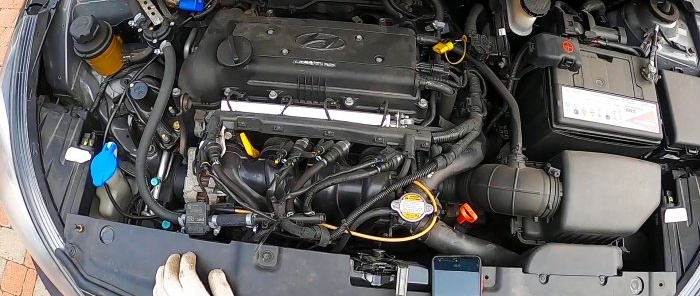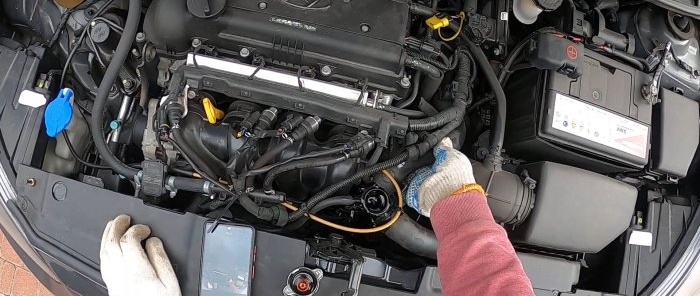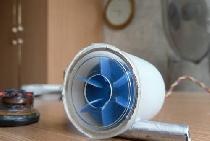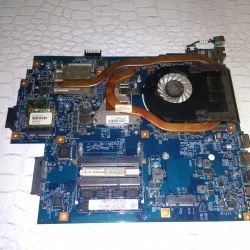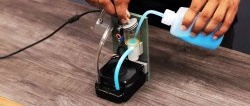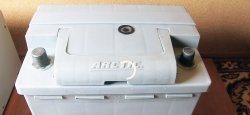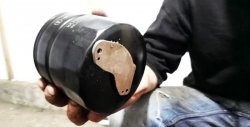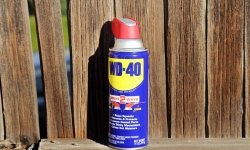Sometimes, for various reasons, including when replacing the coolant, air pockets appear in the car's cooling system. This deficiency manifests itself in different ways. For example, when starting a cold car engine in the morning, sounds similar to those that accompany the process of pouring water from one container to another are heard. It’s as if something is gurgling and squelching continuously for several minutes. These sounds also appear periodically when driving a car.
At the same time, if you unscrew the cap on the filler neck of the cooling radiator with the engine cooled down, the level of antifreeze or antifreeze is usually at the required level. But it still becomes clear that there are air pockets somewhere in the system.
There is a common belief that the presence of air in the system is not dangerous for the car and air locks will disappear on their own over time. However, if the cooling system is sealed, air can circulate in it for as long as desired. Moreover, the presence of air locks in the cooling system is not a completely harmless phenomenon.Their presence immediately affects the efficiency of the stove, which begins to heat the interior poorly. The cooling process of the engine itself also deteriorates.
How to easily remove air from the cooling system
There is a simple way to remove air from the cooling system without removing the pipes, draining the coolant and purging the channels and radiator. To do this, you first need to warm up a cold engine to a temperature of 30 degrees Celsius or cool a hot one to the specified temperature.
Next, carefully remove the cap from the radiator filler neck and press one by one on all the rubber pipes related to the engine cooling system.
Air bubbles will begin to come out of the filler neck, and the coolant level will drop, which needs to be replenished. After this procedure, screw the radiator cap into place.
Then we start the car engine, which has already been warmed up, and raise its speed to 3500 rpm, and hold it for 3 to 5 minutes. After this, we reduce the speed of the power plant to idle and turn it off.
After such a simple procedure, the remaining air should move into the expansion tank and be released into the atmosphere from it. Usually, after the manipulations described above, signs of the presence of air in the cooling system no longer appear.
